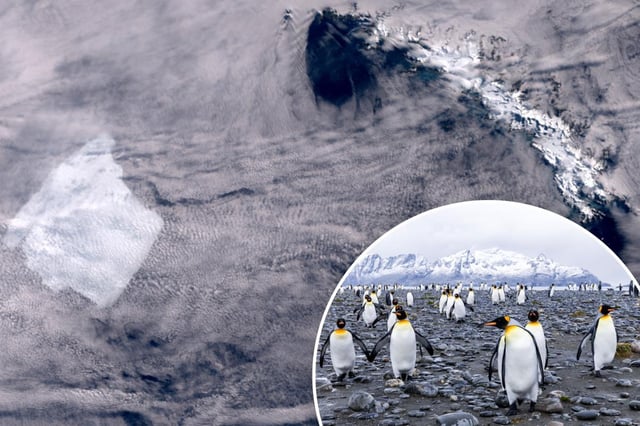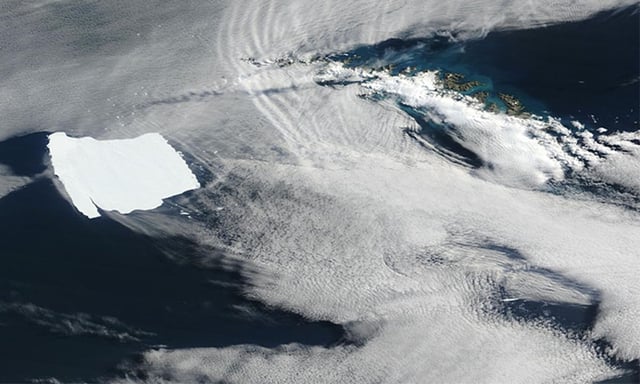Overview
- A-23A, the world’s largest iceberg, is grounded 60 miles off South Georgia Island, where it is rapidly breaking apart.
- Satellite data confirms the iceberg has lost 140 square miles of ice in just two months, primarily through wave-driven edge wasting.
- Thousands of ice fragments, some over half a mile wide, now litter the surrounding waters, posing significant risks to ships navigating the area.
- Researchers express concern that the iceberg could disrupt penguin and seal feeding routes, potentially impacting South Georgia’s rich ecosystem.
- Experts predict A-23A’s disintegration will take months or years, with ongoing satellite monitoring crucial to tracking its environmental impact.

